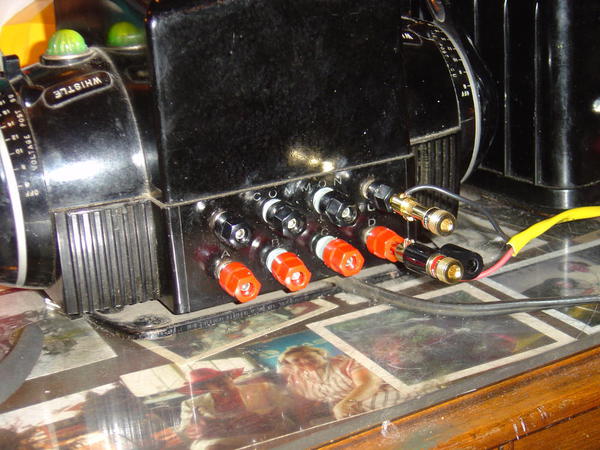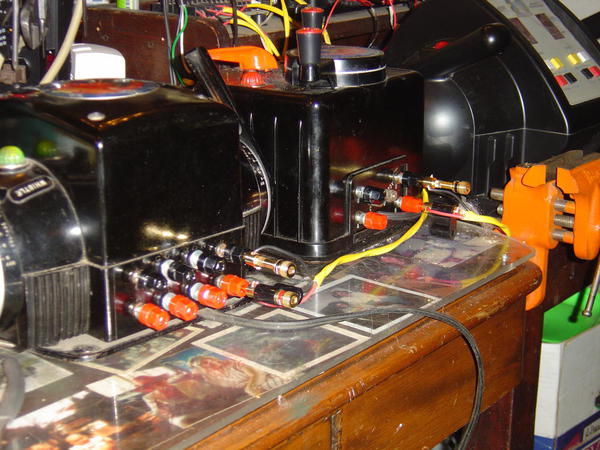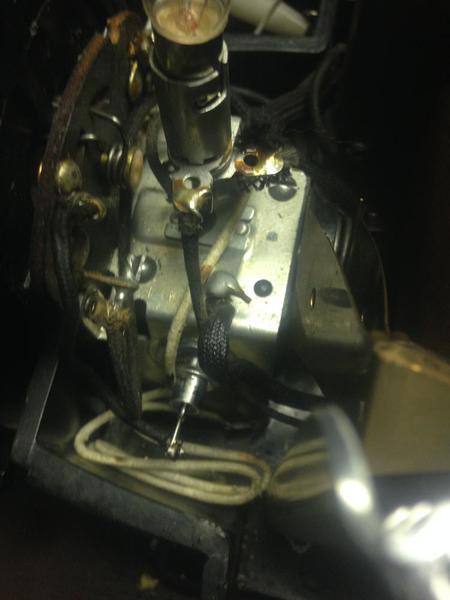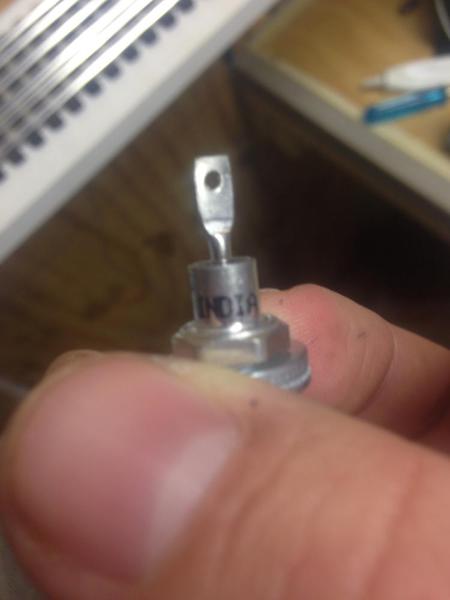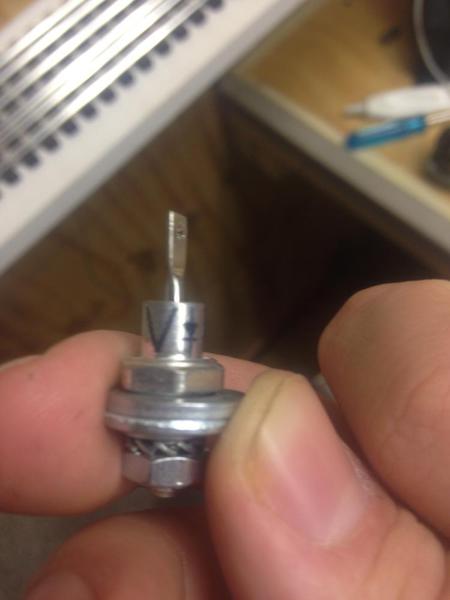Mounting on a threaded, electrically isolated, block of aluminum, would supply a heat sink (you will likely need), and then once isolated, you could simply reverse the diodes connections. (Use a good thick "chuck", or a big heat sink from junk electronics).
If one diode doesn't work, the voltage offset(amount used within the diode) might be a little too low(just under 1.5v), adding another form of resistance in series (like another diode), could increase the offset to a more acceptable level of 1.5V offset, or a bit more. I wonder if some boards look for the PW voltage boost. Some boards do have chopped, vs pure sine recognition issues too. Weavers I've had here, were totally dependent on one wave type, I forget which .
.
My issues I shrug through because I can ...
...
The big pre-war whistle boxes eat 5 volts, and my "new" whistles ignore them on newer "conventional" locos. TMCC losses its mind like its midnight on New Years Eve.
Pre & Post War, it works fine.
My AF 18b, no whistle, wont work the pre war boxes right enough to work anything.
TMCC likes to party on this power rig too. With or without a controller hooked up.
The "little buttons" don't have enough "guts" to deliver big power, and still stay cool enough. They only work the very best of my old tenders, a Sound of Steam, and one TMCC (e33 Virg.).
I own 5 1033's, they all run PW ok. Only two get electronics working, the SoS, & a TMCC Berk jr. The E-33 ignores all the 1033's. Except an occasional short blat.
I have the 80s-90s "grey dial" 80w "modern" controller(#?). It worked every electronic horn I have put to it. But without the 5v voltage boost, no PW work(zero).
(It has decent power, but a fast draw with some Pulmors will make it "drop out". A dual Pulmore GG-1 with a good load, is just too much for it out of the hole without real caution and some luck.
I have a very nice kw rebuilt in the late 90s. I don't know what was used yet, but it operates everything great. I can almost quill pw with it.
I have but diodes in ZWs, mixed reviews (their request, I had disks)
The final quark? No matter the method, the Tmcc bells always work when the track leads are reversed  . I'm at speed, way to often for that to be on much
. I'm at speed, way to often for that to be on much .
.
I would search around here, and think about building one out of two strings of heavier diodes like say .....Dale H has
.....Dale H has .
.




